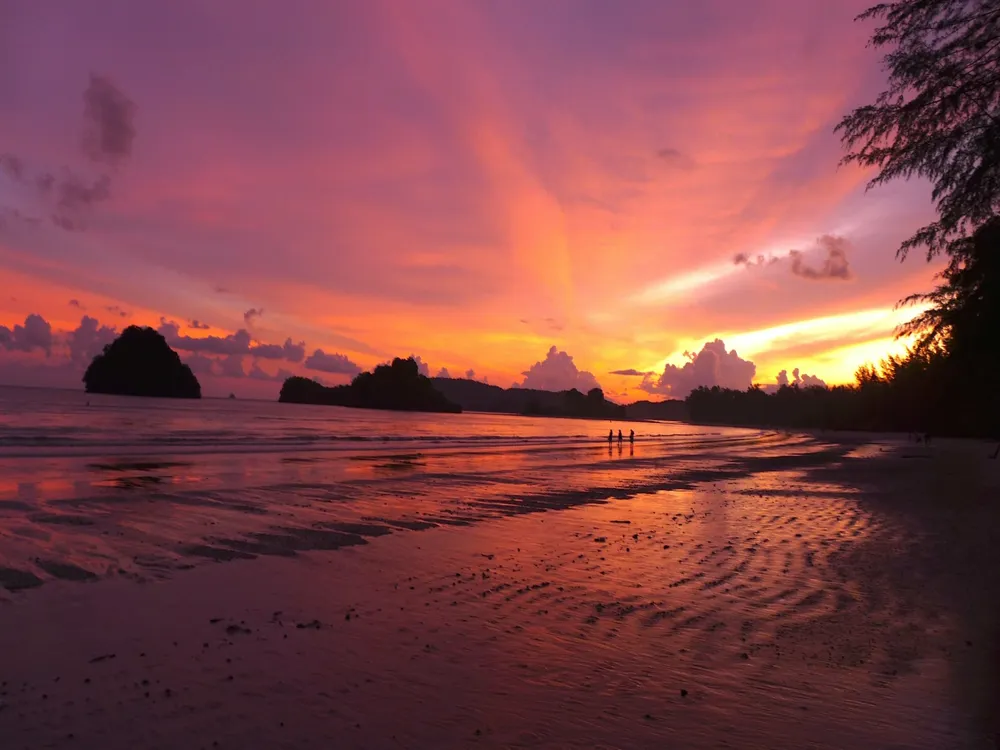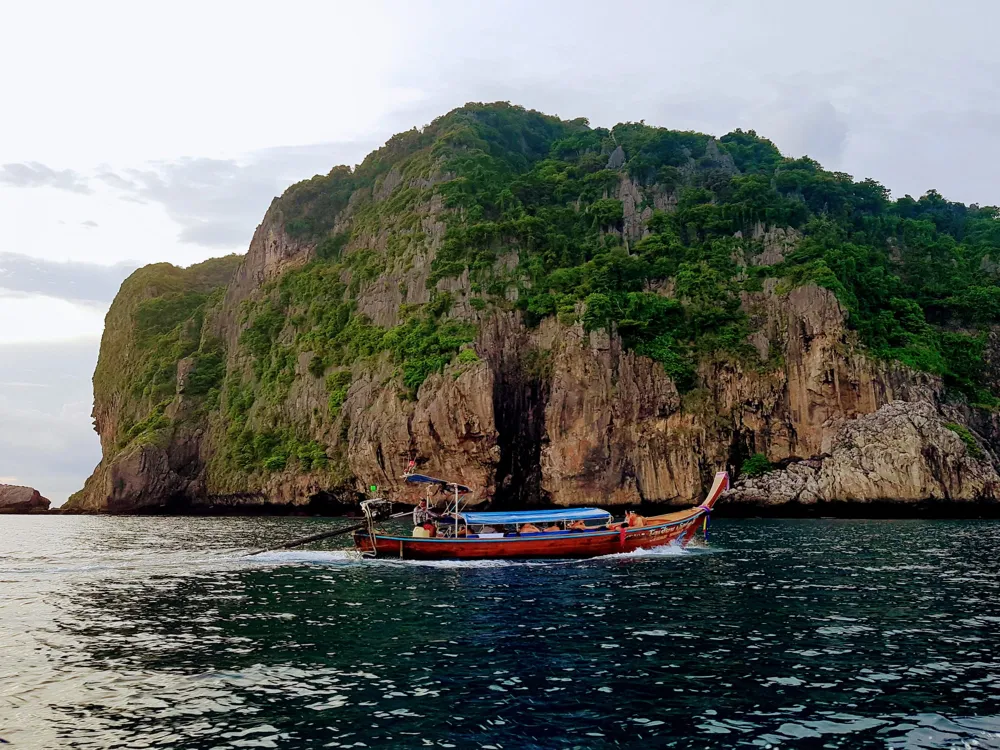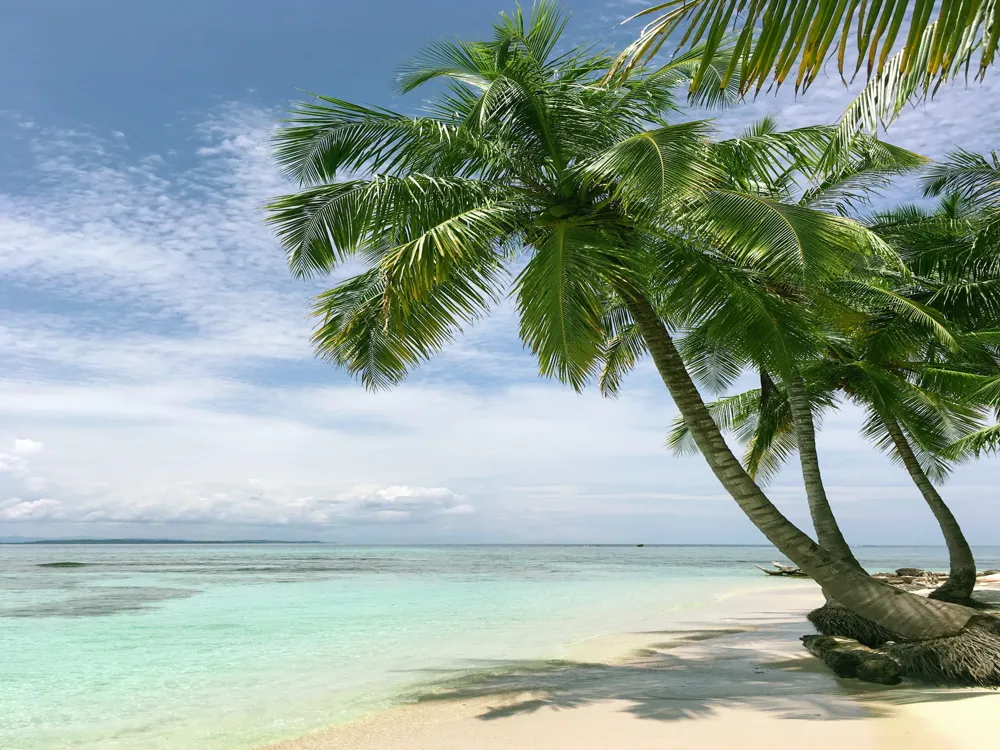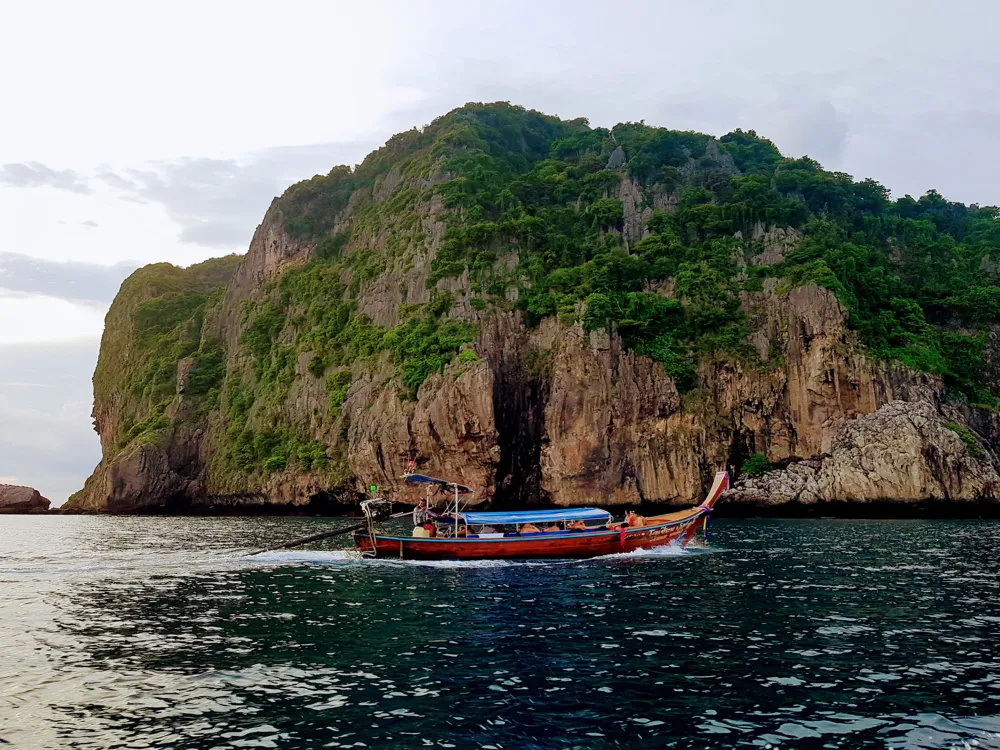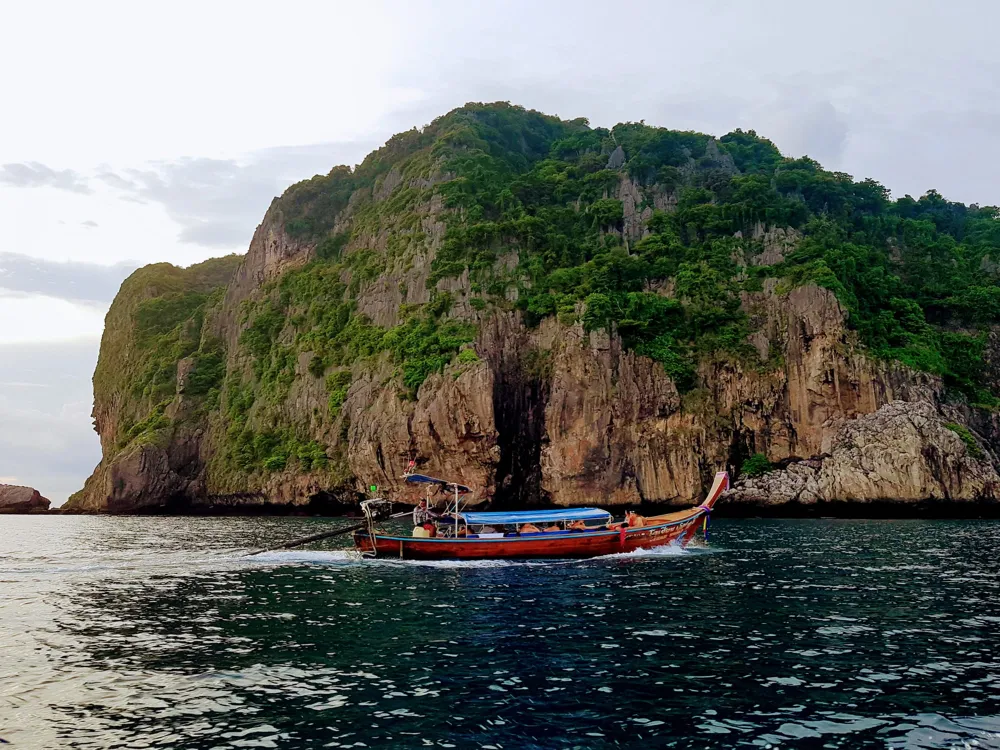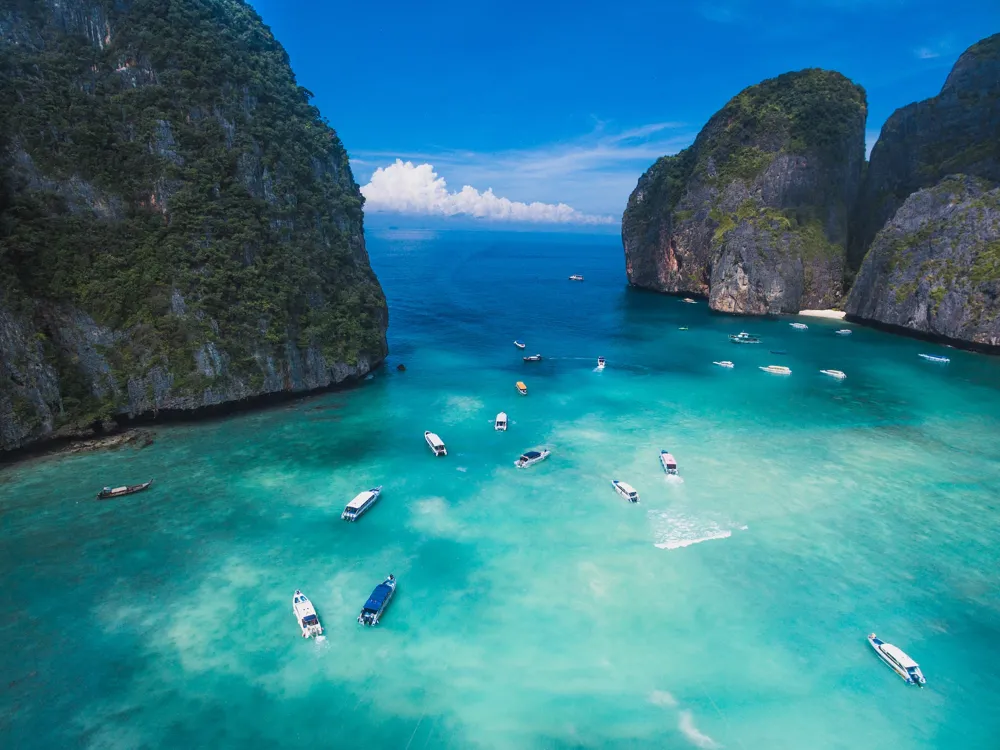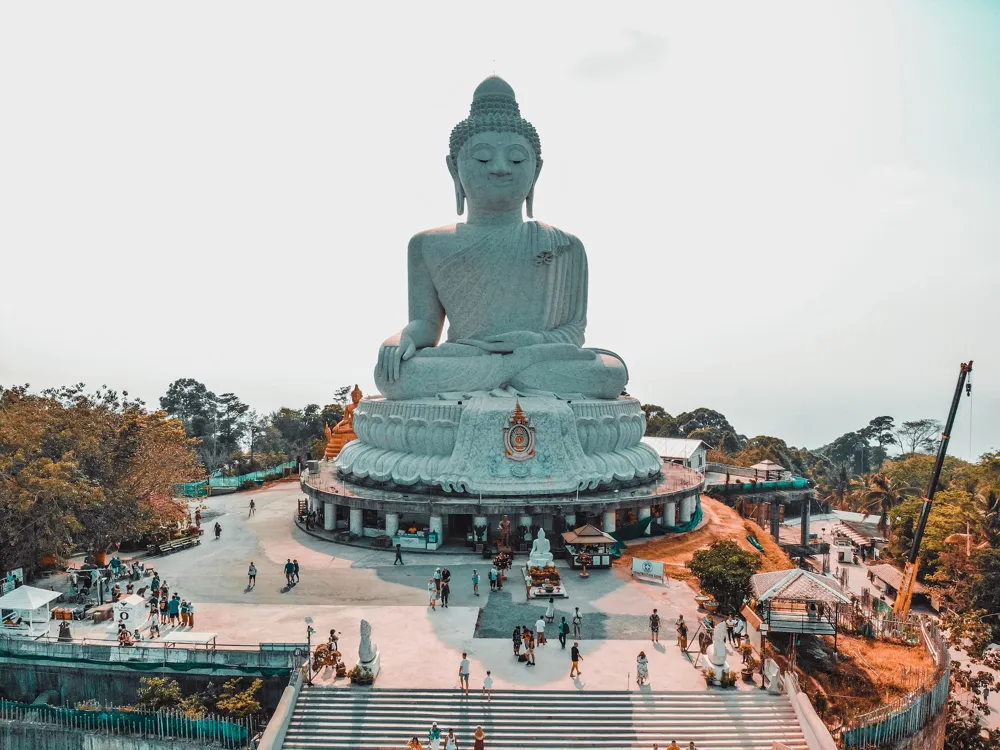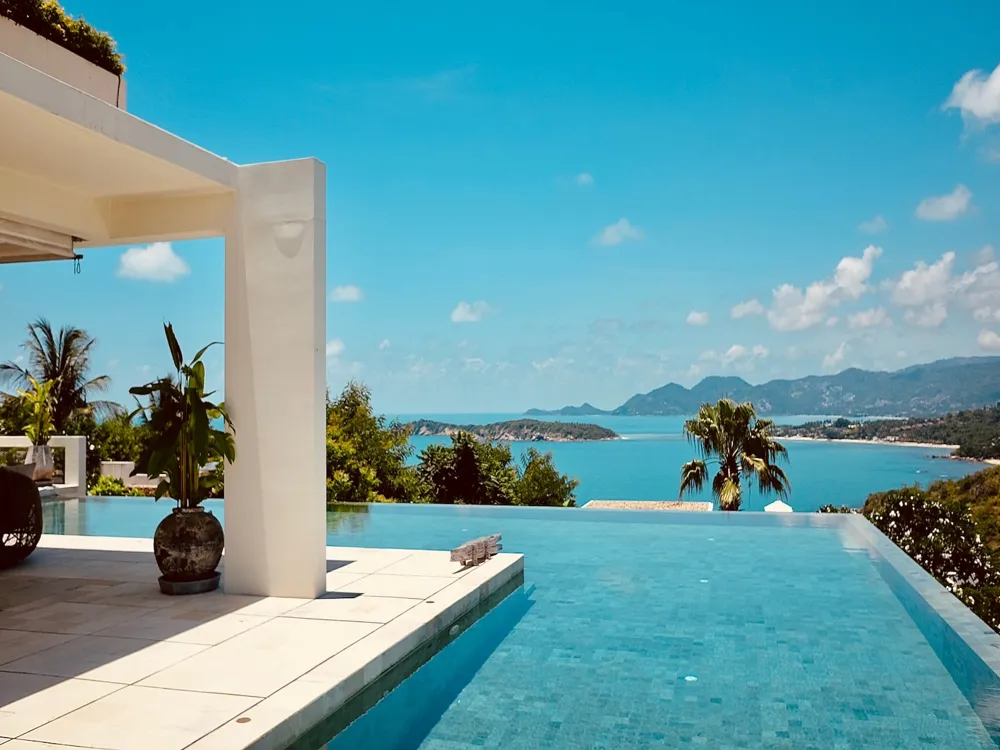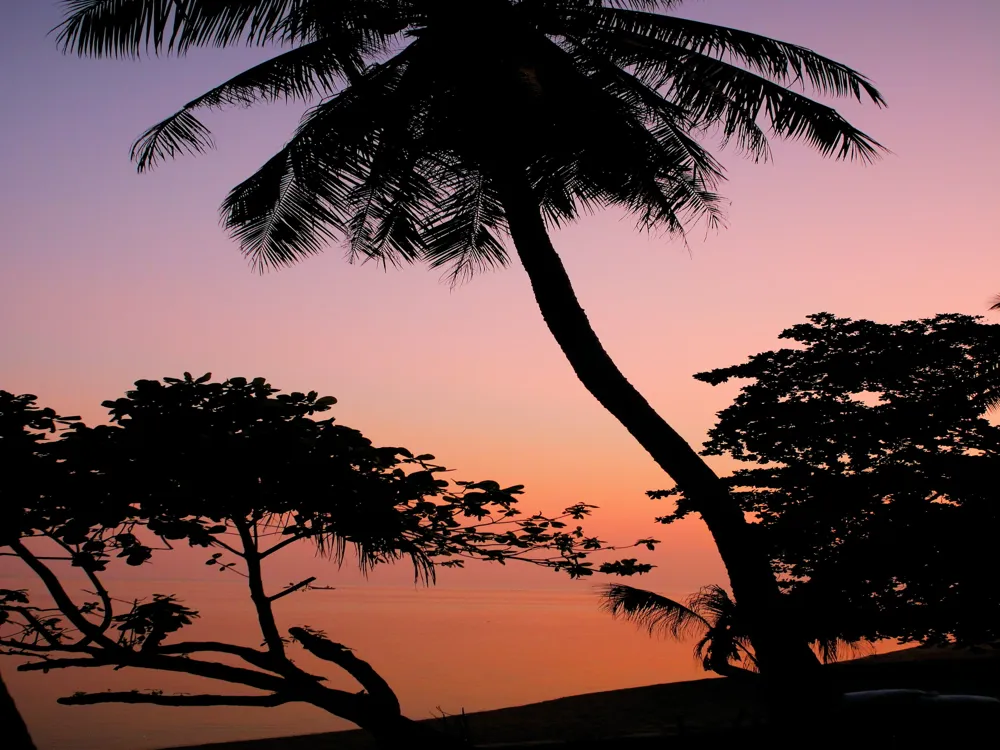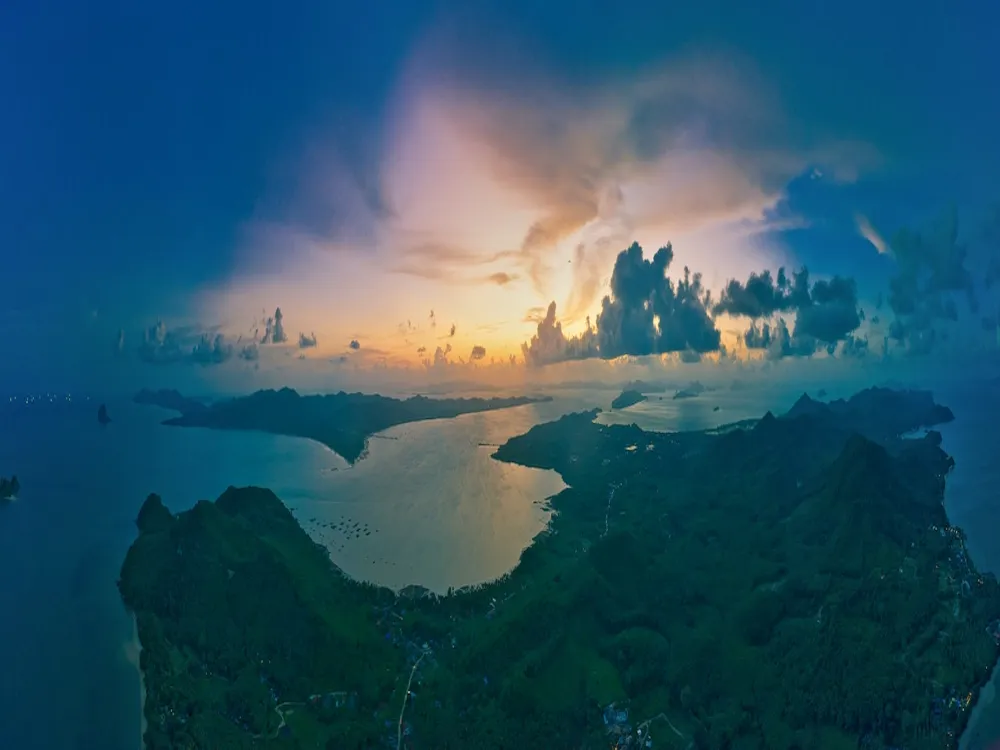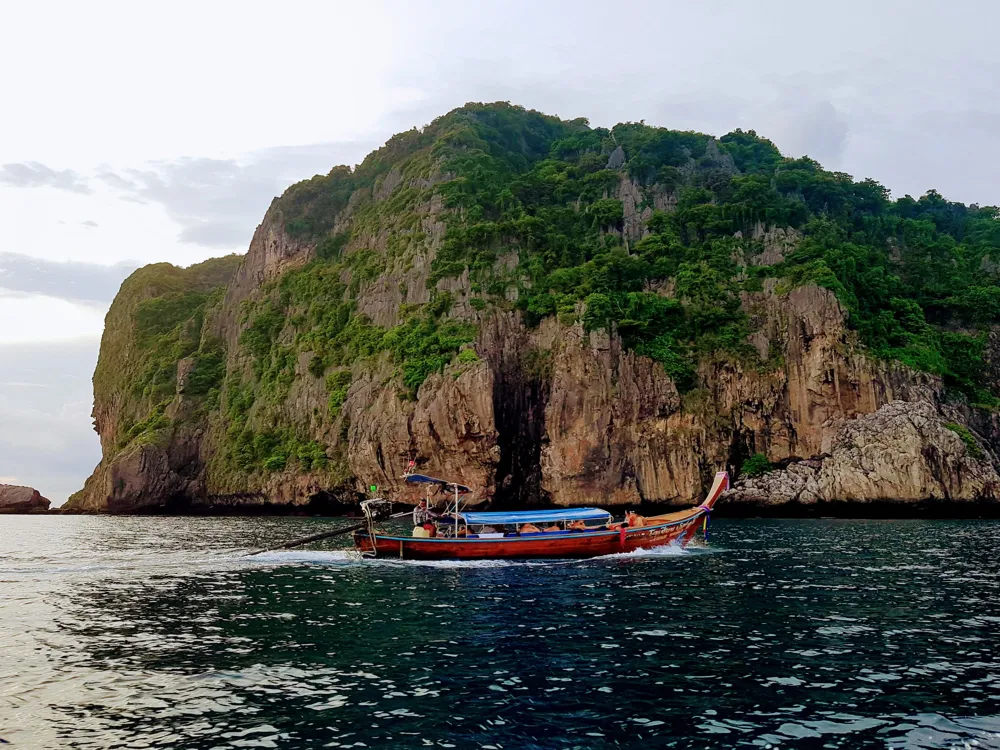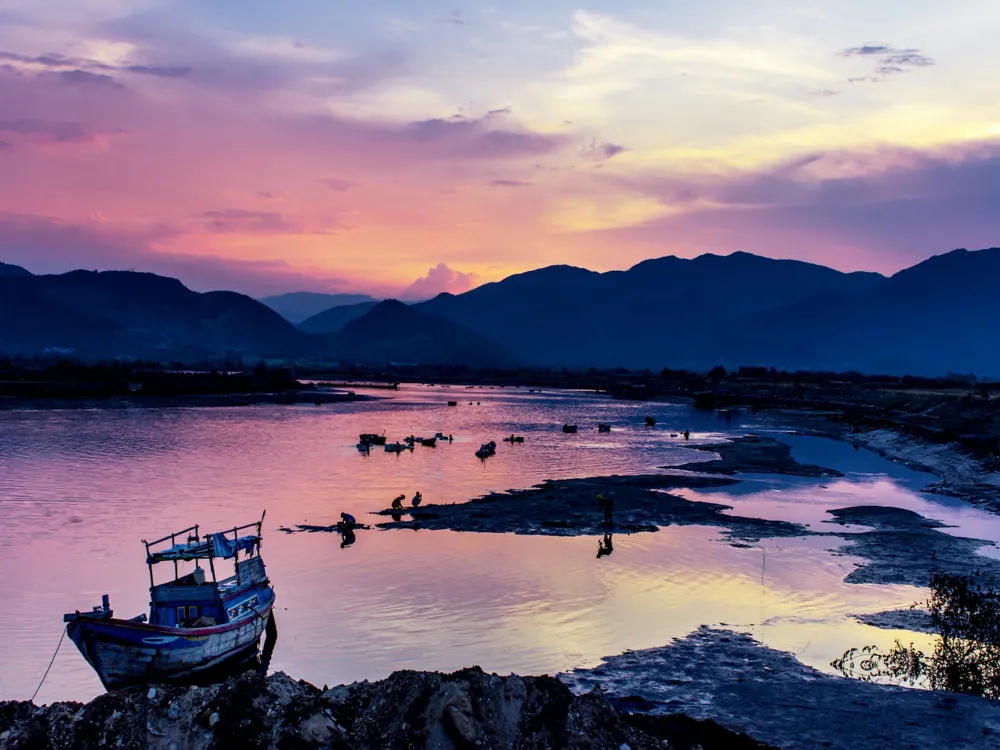Ko Panyi, a picturesque fishing village in the Phang Nga Bay of Thailand, stands as a testament to the ingenuity and resilience of the human spirit. This small yet bustling island, part of the Krabi province, is not just a tourist destination but a living, breathing community with a rich history and unique cultural heritage. Surrounded by the emerald waters of the Andaman Sea, Ko Panyi is renowned for its remarkable architecture and the extraordinary way of life of its inhabitants, most of whom are descendants of Indonesian fishermen. The history of Ko Panyi dates back to the late 18th century when it was founded by nomadic fishermen. The community has since evolved, retaining a strong connection to its roots while embracing the changing times. The village's economy, initially dependent solely on fishing, has diversified to include tourism, offering visitors a glimpse into their unique lifestyle and culture. The community's resilience is evident in their adaptation to the environmental and economic challenges while maintaining their traditional way of life. Visitors to Ko Panyi are greeted by the stunning sight of an entire village built on stilts over the water. The architecture here is not just a matter of aesthetic but a response to the limitations and opportunities presented by the island's geography. The stilt houses, predominantly made of wood and other locally sourced materials, are interconnected by a labyrinth of wooden walkways. This intricate network forms the lifeline of the community, connecting homes, shops, mosques, and restaurants, creating a vibrant and cohesive community structure. The cultural fabric of Ko Panyi is as intriguing as its physical layout. The village is a melting pot of customs and traditions, influenced by its Muslim heritage. The sense of community is strong here, with festivities and religious ceremonies playing a central role in village life. The local cuisine, a blend of Thai and Muslim influences, offers a delectable array of flavors, with seafood being a prominent feature on the menu. For those seeking an authentic experience of Thai culture and lifestyle, Ko Panyi provides an unfiltered window into a world where tradition and modernity coexist harmoniously. The island's unique charm lies not just in its physical beauty but in the warmth and hospitality of its people, making it a must-visit destination for anyone traveling to Thailand. The architecture of Ko Panyi is a remarkable feature of this unique village, showcasing the ingenuity and resourcefulness of its inhabitants. Built entirely on stilts over the tidal flats of Phang Nga Bay, the village's structures are a direct response to the environmental challenges and limitations of the island. The architectural style here is not just functional but also holds cultural and historical significance, offering a fascinating insight into the lives of the villagers. The stilt houses, the most distinctive feature of Ko Panyi's architecture, are primarily constructed using wood and other locally available materials. These homes are designed to withstand the harsh marine environment while offering comfort and convenience to the inhabitants. The houses are elevated above the water level, providing protection against flooding during high tide and creating space beneath the structures that is utilized for various purposes, including boat storage and fishing activities. The layout of the village is a testament to the community's adaptability and collaborative spirit. The narrow wooden walkways that connect the houses are not just practical conduits but also serve as communal spaces where neighbors interact and children play. These walkways reflect the village's social structure, fostering a sense of community and interdependence among the inhabitants. Aside from residential structures, Ko Panyi is home to a mosque, a school, and several small businesses, all built on stilts. The mosque, in particular, stands as a symbol of the village's religious heritage and plays a central role in the community's spiritual life. The school demonstrates the villagers' commitment to education, ensuring that the younger generation is equipped with knowledge and skills for the future. Over the years, as tourism has become a vital part of Ko Panyi's economy, the architecture has evolved to accommodate this change. Guesthouses, souvenir shops, and seafood restaurants have been added, blending seamlessly with the traditional structures. This evolution is a reflection of the villagers' ability to balance the preservation of their heritage with the demands of a modern economy, making Ko Panyi a living example of sustainable and adaptive architecture. As a Muslim-majority village, it's important to dress modestly and be mindful of local customs, especially when visiting religious sites. Observing these practices is a sign of respect and will be appreciated by the locals. The ideal time to visit Ko Panyi is between November and April when the weather is dry and sunny, making it perfect for exploring the village and engaging in outdoor activities. Take your time to stroll through the narrow walkways, interact with locals, and explore the small shops and eateries. This is the best way to experience the unique lifestyle of Ko Panyi. Don't miss out on the local seafood dishes, which are fresh and full of flavor. Eating at local restaurants supports the community and offers an authentic taste of the island's culinary culture. While photography is allowed, always ask for permission before taking photos of the locals, especially in residential areas. This shows respect for their privacy and culture. Reaching Ko Panyi is an adventure in itself, adding to the overall experience of visiting this unique destination. The most common way to get to Ko Panyi is by boat. Visitors can take a long-tail boat or a speedboat from various points in Phang Nga, including from the Ao Por Pier or Surakul Pier in Phuket. The journey offers breathtaking views of the limestone cliffs and emerald waters of Phang Nga Bay, making the trip to Ko Panyi as memorable as the stay itself. Additionally, some tour operators offer guided tours that include a visit to Ko Panyi, often combined with other attractions in the bay, providing a convenient and comprehensive experience for travelers. Read More:Overview of Ko Panyi
Architecture of Ko Panyi
Tips When Visiting Ko Panyi
Respect Local Customs and Traditions
Best Time to Visit
Exploring the Village
Trying Local Cuisine
Photography Etiquette
How To Reach Ko Panyi
Ko Panyi
Krabi
₹ 15,000 onwards
View krabi Packages
Krabi Travel Packages
View All Packages For Krabi
Top Hotel Collections for Krabi

Private Pool

Luxury Hotels

5-Star Hotels

Pet Friendly
Top Hotels Near Krabi
Other Top Ranking Places In Krabi
View All Places To Visit In krabi
View krabi Packages
Krabi Travel Packages
View All Packages For Krabi
Top Hotel Collections for Krabi

Private Pool

Luxury Hotels

5-Star Hotels

Pet Friendly







